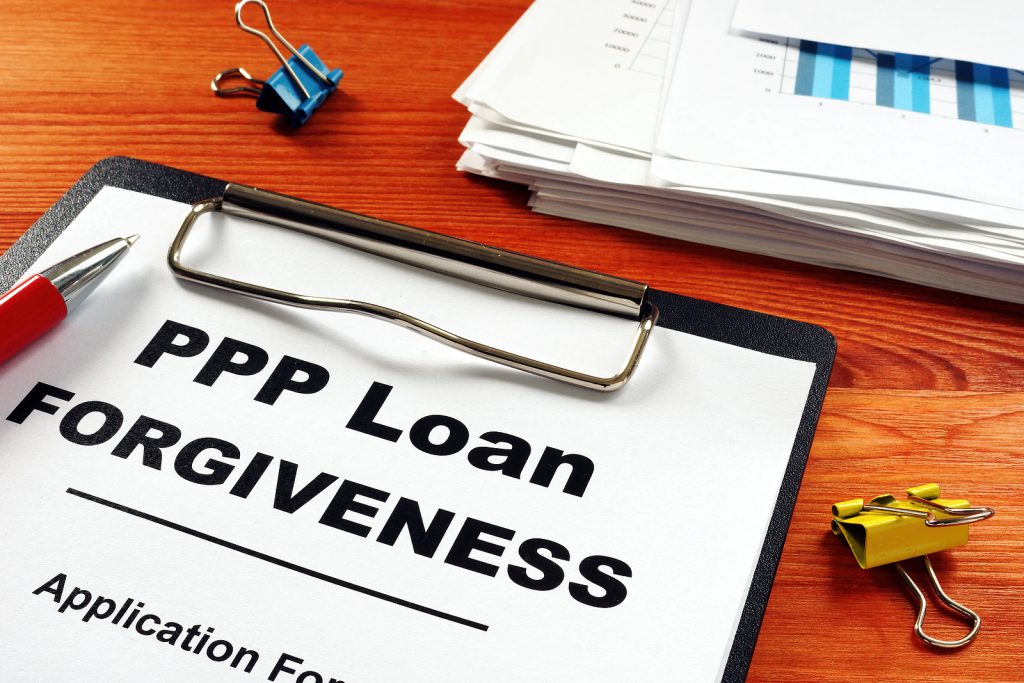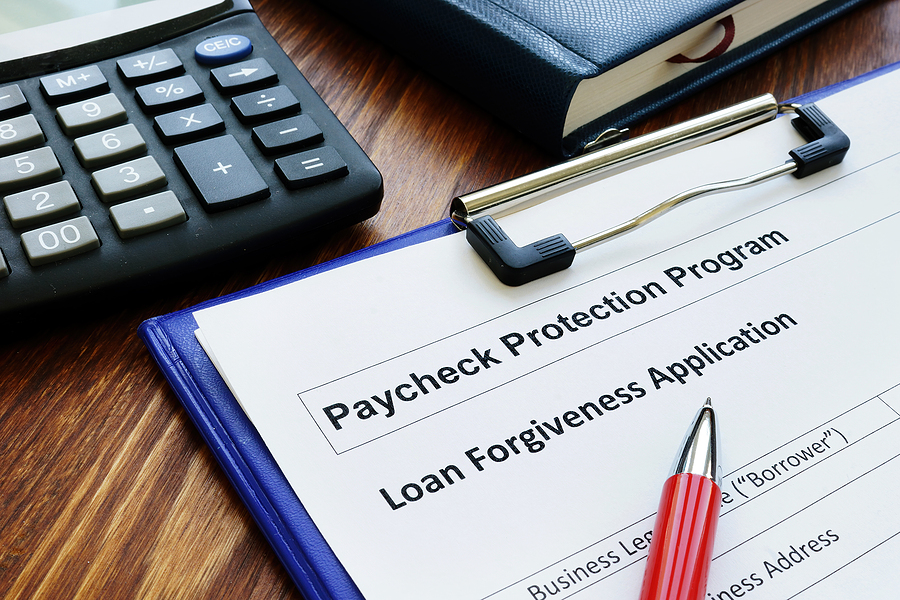What Small Businesses Should Know about the Forgivable Loans under the CARES Act

Millions of Americans continue to feel economic pressure as a result of the COVID-19 crisis. There have been record job losses, other employees face reduced hours, and businesses are generally scrambling to survive during this unprecedented period. The CARES Act has provided some relief for individuals, including checks to every eligible American and new options to access retirement funds early.
However, the CARES Act goes beyond just helping individuals. It provides critical aid for an especially vulnerable sector of the economy: small businesses. As it turns out, the new law offers two ways that small businesses can receive significant funds from the government, and in many cases these funds can be forgiven and therefore do not have to be repaid. The most important thing for small business owners to keep in mind is that they should act quickly, because the funding, particularly for the Paycheck Protection Program, may run out. Let’s take a closer look at the details.
Paycheck Protection Program
The CARES Act created a new loan product offered by the Small Business Administration called the Paycheck Protection Program, which is intended to “provide economic relief to small businesses nationwide adversely impacted under the Coronavirus Disease 2019 (COVID-19).” This program provides funds (“forgivable loans”) to small businesses to help them cover payroll, rent or mortgage payments, and utilities for the eight-week period after the loan is given. The primary emphasis is payroll, as the government aims to incentivize businesses to retain employees and avoid slashing salaries. Under this program, a business can receive funding up to two and a half times its average monthly payroll costs, with a cap of $10 million. To apply for the loan, a business must certify that “Current economic uncertainty makes this loan request necessary to support the ongoing operations of the Applicant.”
Eligible businesses are generally those with 500 or fewer employees. Most business entity types are eligible, including sole proprietors and independent contractors. While the Small Business
Administration (SBA) is overseeing the program, individual lenders are providing the loans. To apply, businesses must contact a participating lender. At this time, many lenders are restricting their applications to businesses with whom they have a pre-existing banking relationship. So, the best place to start is with the bank that holds your business checking account. This could be problematic for some businesses, because banks may reach their capacity (Wells Fargo already has), and some large banks do not yet have their applications online yet. The SBA is working to bring more lenders online with the hopes of expanding access to the program. For a full list of participating lenders, see the SBA lender locator.
Most importantly, the program is technically open until June 30,2020. However, in a fact sheet about the program, the Treasury Department urges interested businesses to apply for funds as soon as possible, “because there is a funding cap and lenders need time to process your loan.” There is a chance that Congress will approve more funding for the program, and it may vote on such a measure as early as Thursday. Regardless, given the reports about high demand and technical glitches with the application system since the program launched on April 3, it would be prudent for businesses to apply immediately. Whichever lender you choose, you will need to submit the Borrower Application Form provided by the SBA. To fill out the form, you will need to provide basic information about your business, including your payroll costs over the last twelve months.
This loan will be forgiven in full if the business uses the funds for covered purposes and maintains its number of employees and does not reduce salaries. Also, at least 75 percent of the forgiven amount must go toward payroll expenses to be forgiven. The forgiven debt is tax free. To request forgiveness, borrowers will contact their lenders and submit documentation showing they met the program’s requirements. Lenders will have sixty days to make a determination about whether the loan will be forgiven.
Even if a business does not meet the criteria to have the loan forgiven in full, this program is still a great deal. The loan does not require any collateral or guarantees, there are no fees, the interest rate is fixed at 1 percent, payments are deferred for six months, and the repayment period is two years.
Economic Injury Disaster Loans (EIDL) and the Emergency Advance
This EIDL program is managed by the Small Business Administration and provides low-interest loans “to help businesses and homeowners recover from declared disasters.” While the program was already in existence before the CARES Act, the new law expands the loan program in a way that is favorable to many businesses recovering from COVID-19’s impact.
The loan program provides “working capital” loans up to two million dollars. The loans have an interest rate of 3.75 percent for businesses and up to a 30-year repayment term. Payments are deferred for one year, borrowers do not have to show that they could not get credit from another source, and borrowers do not have to provide collateral for loans less than $25,000.
However, the program now also offers small businesses up to $10,000 in the form of an emergency advance that does not have to be repaid. To access the funds, small businesses apply for an EIDL and request the advance during the application. The applicant does not have to take out an EIDL in order to receive an advance. The funds from this advance can be spent on a wider variety of business expenses than under the PPP, such as fixed debts and other operating expenses, in addition to payroll. Unlike the PPP, the SBA administers the EIDL program directly. Businesses will therefore apply for this assistance directly on the SBA website.
Businesses may apply for the EIDL loan in order to receive an emergency advance, and also apply for PPP. This may be prudent given the high demand for PPP loans. If an applicant is approved for both, the amount of an advance under the EIDL program will be subtracted from the amount forgiven in the PPP. Borrowers of both an EIDL and a PPP loan should remember that they cannot use the two loans for the same purpose. For more information, see this FAQ from the US Senate Committee on Small Business and Entrepreneurship.
Take Action
If you are a small business owner, these options could help you stay afloat during uncertain times. The loans offer incredibly lucrative benefits, and may not be loans at all if you meet the criteria to have a PPP loan forgiven or to receive an emergency advance under the EIDL program. If you think these programs can help your business, gather the information you need and apply as soon as possible. You should prioritize the PPP application, but strongly consider applying for both to maximize your chances of getting relief.
If you are also juggling personal financial difficulties during this time, consider contacting a credit counselor to review your situation and make a plan today. Having peace of mind over your personal situation will enable you to put more time and energy into your business, which may be important now more than ever.



